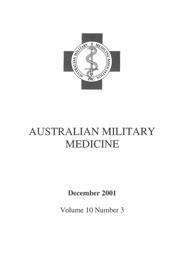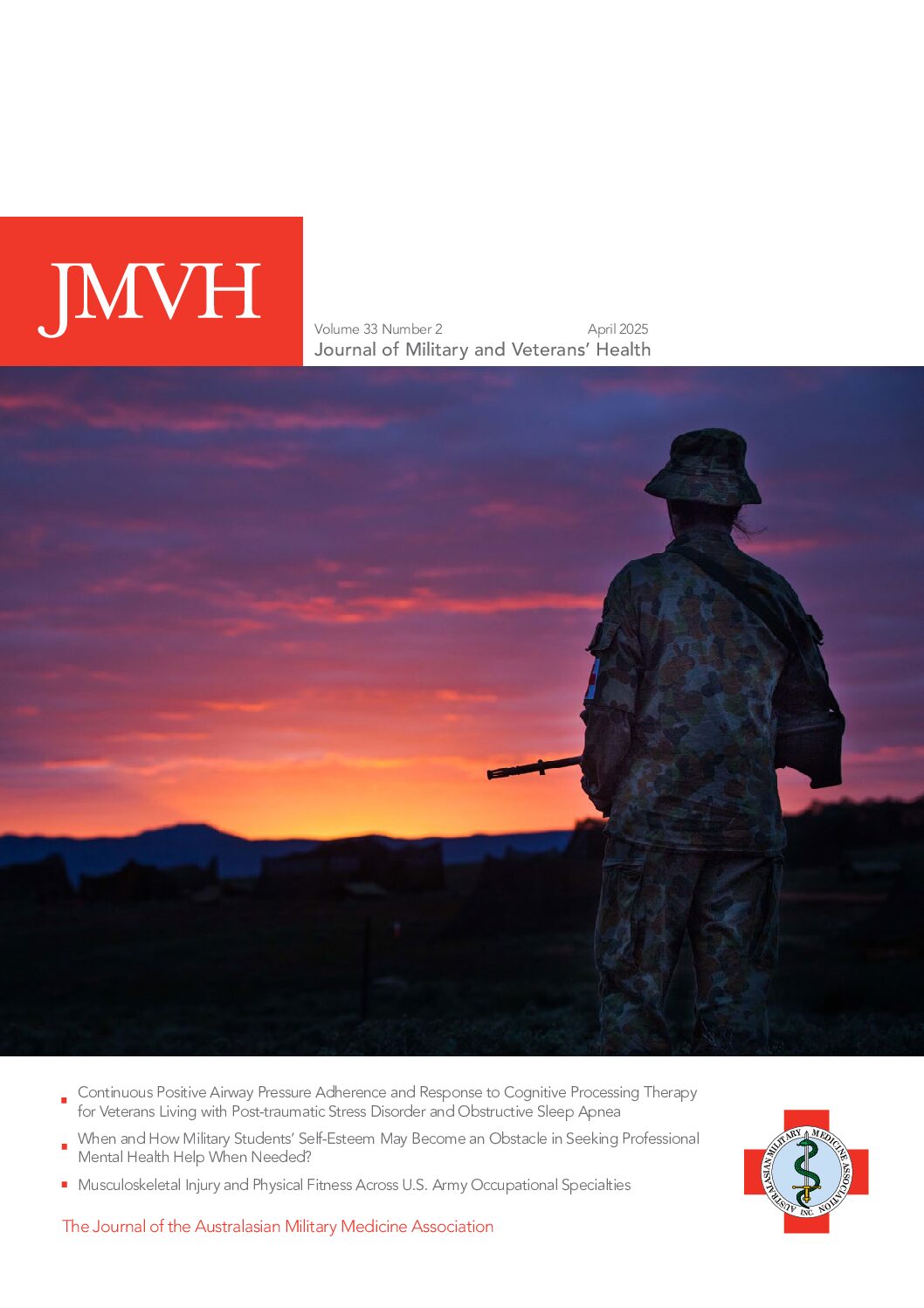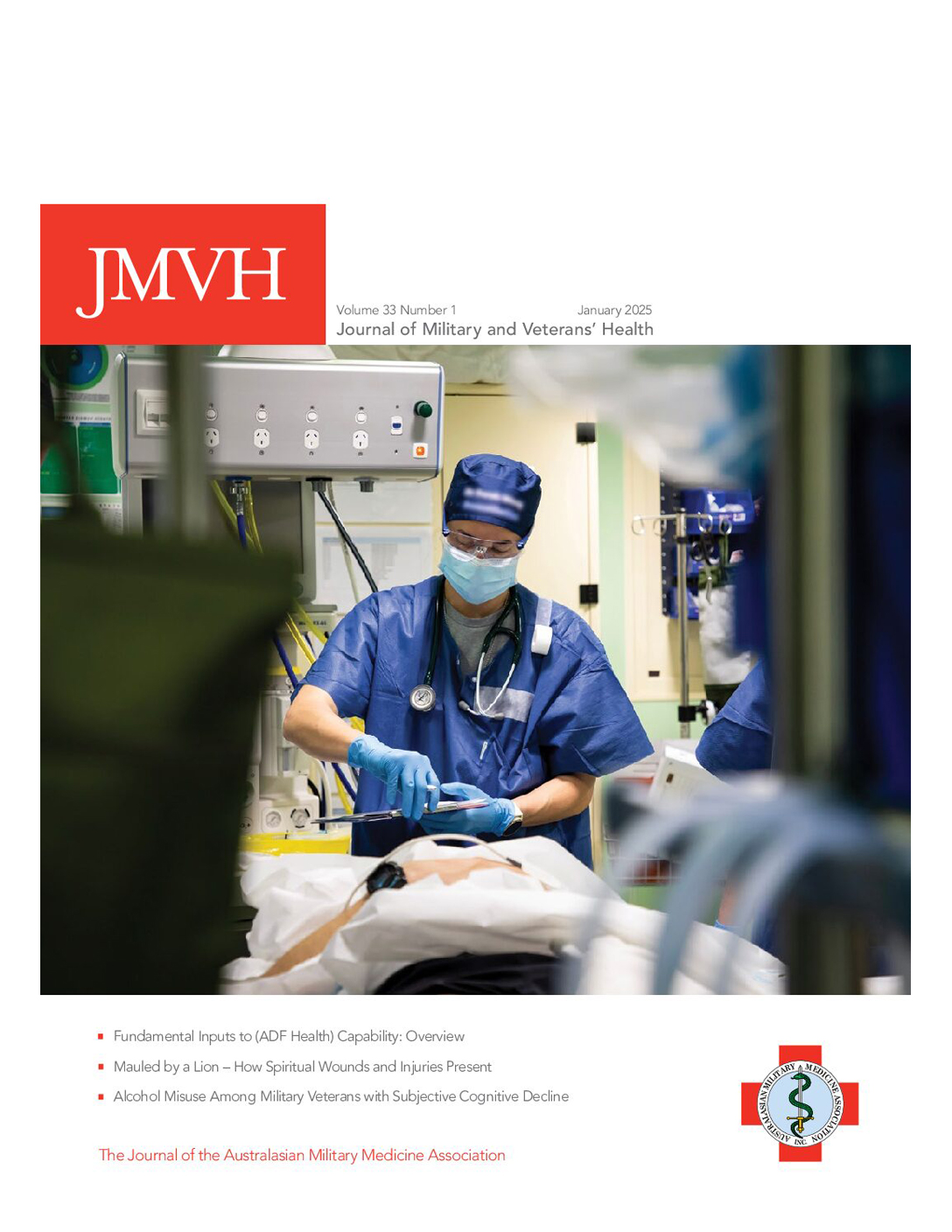Abstract from the Literature
Ri-Ll G, Gaowa H. Current concepts in chronic mountain sickness: pulmonary hypertension¬ related high-altitude heart disease. Wilderness Environ Med 2001; 12(3): 190-194. High altitude heart disease, a form of chronic mountain sickness, has been well established in both Tibet and Qinghai provinces of China, although little is known regarding this syndrome in other countries, particularly… Read more »




 Download the whole edition here.
Download the whole edition here.


